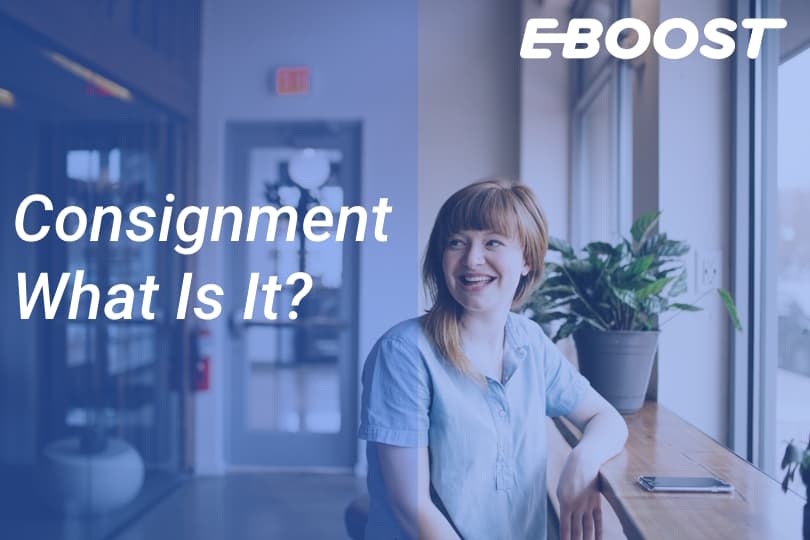Consignment Sales: Benefits, Challenges, and Best Practices

Before we jump into the nitty-gritty about consignment sales and the consignment sales process, let us first understand what consignment sales are below. These key steps will give you a solid foundation for your consignment business. This structured approach helps you cover all the critical aspects needed for a successful start, with a robust consignment agreement at its core to ensure clarity and prevent misunderstandings. When the consignor sends goods to the consignee, a journal entry is not needed.
Which markets and products is consignment used for?

This includes Christmas decorations, beach accessories, and summer clothes, as well as newspapers and magazines. All these products have a limited shelf life and carry a higher risk of remaining unsold than traditional merchandise. This is also the case for perishable foodstuffs what is irs form w such as meat, eggs, and fresh fruit and vegetables. Consignment is specifically designed to stimulate your business, boost your growth, and help manage omni-channel sales. How can you get started in consignment sales while still keeping a handle on your sales and inventory?
Consignor Information
Throughout the month of January, the retailers manage to sell 50,000 copies (the retailers notify Company A on January 30th). Therefore, there were 50,000 unsold magazines, which the retailers returned to Company A on January 31st. On January 1st, Company A sends 100,000 copies of its magazines to retailers to sell on consignment. The company specifies that the deadline to return unsold goods is January 31st. In this scenario, Company A is the consignor, while the retailers are the consignee. If the consignee is unable to sell all goods, they are able to return the goods to the consignor (before a specified date).
- This keeps inventory levels where they need to be to meet customer demands.
- In this, the supplier provides the reseller with products without exchanging money.
- However, when the consignee sells the goods received, they pay the consignor a predetermined sale amount.
- This includes Christmas decorations, beach accessories, and summer clothes, as well as newspapers and magazines.
- The first thing to include in a consignment sales agreement is a detailed description of the item being sold, including its condition and any defects it may have.
How to create a consignment sales agreement
The relationship between the consignor and consignee is that of principal and agent, and not of a buyer and seller, whereby consignor acts as principal and consignee is the agent. ● In the case of unsold goods, the same can be returned to the consignor without any underlying risks or costs involved. In the UK, the term “consignment” is not used, and consignment shops that sell women’s clothing are called “dress agencies”. Although the other types of consignment shop exist, there is no general term for them.
The consignment process can be further facilitated by the use of vendor managed inventory (VMI) and customer managed inventory (CMI) applications. VMI is a business model that allows the vendor in a vendor-customer relationship to plan and control inventory for the customer, and CMI allows the customer in the relationship to have control of inventory. For Instance, Company A wants to promote its sale without actually setting up different stores. EBay, and plans to leverage the online channel to reach more and more customers which conventionally would be infeasible. Consignment Sales are a great way for businesses to increase their inventory without having to invest any money upfront. Consignment Sales Agreements can be easily customized to fit the needs of both the Consignor and Consignee and can be used for a variety of different products.
Consignment Payment Structure
Consignment stores are typically for-profit businesses that split sales revenue with consignors. Thrift shops, on the other hand, often operate as nonprofits and rely on donated items. Artists (consignors) entrust their artwork to galleries (consignees). The galleries display the artwork, handle marketing and sales, and take a commission from each sale.
The primary disadvantage of the consignment model for producers or owners is that consignment shops typically charge a high level of commission on consignment sales. For artworks, for example, it’s not uncommon for galleries to charge a 50% commission. Since this commission comes out of the share returned to the owner or producer of the goods sold, it can reduce their profits significantly. Selling on consignment is a great option for an individual or business that does not have a brick-and-mortar presence, although consignment arrangements can also exist in cyberspace.
Consignment Sales can also be risky, as the Consignor will only receive payment for their goods once they are sold by the Consignee. This means that the Consignor may not get paid at all if the Consignee is unable to sell their products. For example, a consignment sale is a great way to save money on baby clothes and toys. Maternity clothes are typically only worn for a few months, so such types of sales are a great way to get rid of them.
One of the biggest drawbacks is that you may not receive payment for your items until they sell. In addition to selling goods themselves, business entities sometimes find it more convenient and more profitable to market their products in multiple areas through agents. The retail business model is where the merchant offers to buy a product upfront.
Baby clothes and toys can be expensive, so these sales are a great way to save money. Opting for these sales method are also a great way to get rid of unwanted items. Consignment only refers to an arrangement where goods are placed in the care of store until the item is bought by a buyer. The owner of the goods — the consignor – retains ownership of the items until they sell.
